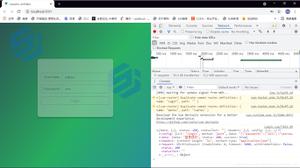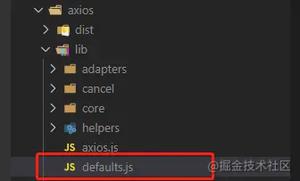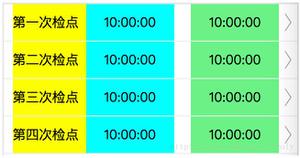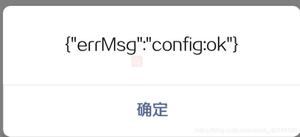vue axios 简单封装以及思考

先安装 axios
npm install axios
axios的详细介绍以及用法 就不多说了请 移步 github ➡️ https://github.com/axios/axios
下面是简单的封装一个 http.js, 在此说明 checkStatus 这个方法呢 是不一定需要的 ,根据个人的项目需求吧,也可以直接返回response,交给后面另行处理也行。
或者根据后端返回的状态,在里面进行处理 也行。
"use strict";import axios from "axios";
import qs from "qs";
//添加请求拦截器
axios.interceptors.request.use(
config => {
return config;
},
error => {
return Promise.reject(error);
}
);
//添加响应拦截器
axios.interceptors.response.use(
response => {
return response;
},
error => {
return Promise.resolve(error.response);
}
);
axios.defaults.baseURL = "https://www.xxxx/api";
axios.defaults.headers.post["Content-Type"] = "application/json";
axios.defaults.headers.post["X-Requested-With"] = "XMLHttpRequest";
axios.defaults.timeout = 10000;
function checkStatus(response) {
return new Promise((resolve, reject) => {
if (
response &&
(response.status === 200 ||
response.status === 304 ||
response.status === 400)
) {
resolve(response.data);
} else {
reject({
state: "0",
message: "网络异常"
});
}
});
}
export default {
post(url, params) {
return axios({
method: "post",
url,
data: params
}).then(response => {
return checkStatus(response);
});
},
get(url, params) {
params = qs.stringify(params);
return axios({
method: "get",
url,
params
}).then(response => {
return checkStatus(response);
});
}
};
在vue 项目中,main.js这个文件
import http from "./utils/http";Vue.prototype.$http = http;
使用 helloworld.vue
...methods: {
async TestPost() {
try {
const res = await this.$http.post("/message/socketid", {
account: "huangenai"
});
console.log(res);
} catch (error) {
console.log(error);
}
},
async TestGet() {
this.$http
.get("/price")
.then(res => {
console.log(res);
})
.catch(error => {
alert(error);
});
}
}
....
在main.js中将http.js import 进来 并暴露到全局使用,在任何vue 页面中 就不再需要 import http.js了,而直接通过 this.$http.post this.$http.get 来使用,在checkStatus中统一异步返回,顺便可以处理错误的情况。
个人思考:
checkStatus方法 返回了一个 Promise
链式结构的话看上面那个get的方法,this.$http.get(...).then(...).catch(...),如果then 里面又来一个 http请求 会一层包住一层。
如果使用了语法糖 async await ,虽然 看起来好像是简单了 不用 一层包住一层 层层嵌套,可是你必须要用到 try catch,如果出现异常 则直接到catch,不会再执行下面到方法。如果再实际业务中,就算出现了某一个http请求失败到情况,不影响下面的逻辑要继续跑下去呢,这个就不适用了。链式结构也是 如果catch到异常 也不会执行then 里面到方法了。
所以,是否把返回的Promise,全部都返回的是 resolve,那么 就不会说出现直接到了 catch 里面不执行以下的业务了逻辑了呢。而且如果使用了语法糖 await 代码看起来更加简洁 也不需要 try catch了, 这样的话 reject是不是就不需要用到了呢。
function checkStatus(response) { return new Promise(resolve => {
if (
response &&
(response.status === 200 ||
response.status === 304 ||
response.status === 400)
) {
resolve(response.data);
} else {
resolve({
state: "0",
message: "网络异常"
});
}
});
}
个人觉得这两种方案各有优劣,实际应用中还是应该根据个人业务需求 业务情况而定。
代码已上传到github: https://github.com/huangenai/axios-hea
此随笔乃本人学习工作记录,如有疑问欢迎在下面评论,转载请标明出处。
如果对您有帮助请动动鼠标右下方给我来个赞,您的支持是我最大的动力。
以上是 vue axios 简单封装以及思考 的全部内容, 来源链接: utcz.com/z/378059.html









